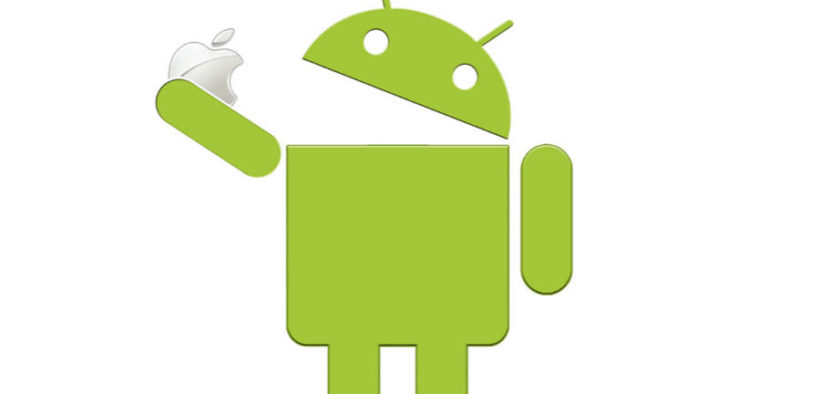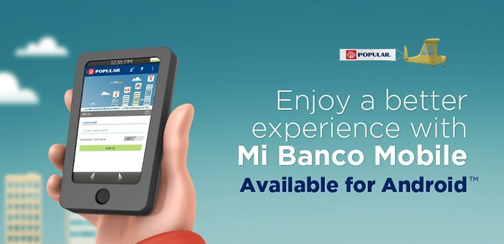Practical Techie: Android remains stronger in user war with Apple OS

Google’s Android and Apple’s iOS are operating systems used primarily in mobile technology, such as smartphones and tablets. Android is Linux-based, which means it is an open-source technology and more PC-like. In other words, the Android operating system is more customizable from top to bottom than Apple for those who know how to tweak machine language.
In 2021, Android had 85% of its product market share and is still considered a very popular system today as entrepreneurs shift their focus towards application development and online business transactions. Estimates are that 2.87 million apps now use the Android system.
WHICH? — Both mobile operating systems have decent records and safeguards when it comes to security. Yet, Android apps are more prone to trouble because the open tech has more vectors not protected from malware. To offset that, Android is equipped with many enterprise-friendly features for maximum sales and growth by users.
Android dominates workout videos, health, and fitness, online learning, business consulting apps, messaging, notifications, and other online communication channels. Android is also strong on marketing features constantly updated by Google. Being more business-friendly, Android is getting new security features for protection against data loss, theft, or intrusion. It is becoming as sturdy as the Apple OS system.
In essence, Android’s variety of top-performing apps is specially catered to businesses for an extensive, global reach of media players, e-books, digital cams, and PCs. Apple is more in tune with creative, educational, audio, and platforms such as video editing, photo adjustment, and artistic expression.
EVOLUTION — Android has become the most widely used smartphone operating system and the fastest mobile experience for many portable devices. It is the product of a consortium of web developers known as the Open Handset Alliance and is commercially sponsored by Google. When it entered the mobile communications market, unveiled in November 2007, with the first commercial Android device, the HTC Dream, Android was constantly on the go because its features originate from the immense developer community. It is a dedicated group continually adapting to the latest technological changes.
Even businesses can develop apps quickly and cheaply on their own with the help of free, downloadable read-only memory functions for running programs. Android, as such. is primarily designed for further evolutions in touchscreen and mobile devices. It must be noted that over 70% of Android smartphones run on Google’s ecosystem, which has proprietary restrictions, so not all systems codes can be tweaked to avoid too much fragmentation.
WEARABLES — Android’s default user interface is mainly based on direct manipulation, using touch inputs that loosely correspond to real-world actions, like swiping, tapping, pinching, and reverse pinching to manipulate on-screen objects. But now, the world corporate culture is obsessed with the ever-changing wearable technology.
More and more Android apps are equipped with such advances to handle interactive communications such as with the new Pixel Watch. Regarding online business, Android-based wearables offer opportunities to deliver customers the right message, notifications, and calls to the target users at the right time. Wearables give enterprises an extra helping hand in managing calls, messaging, and customer acquisition.











